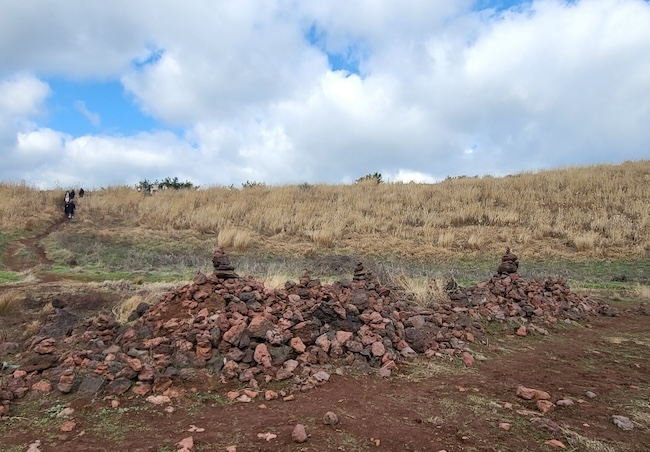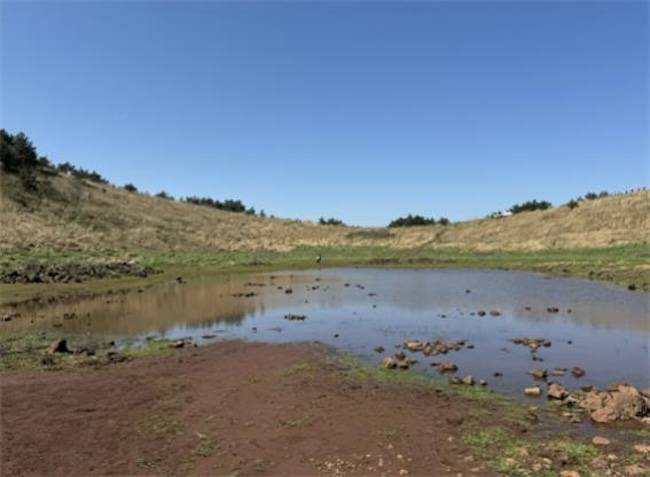JEJU, Apr. 15 (Korea Bizwire) — Authorities on Jeju Island in South Korea have removed stone piles erected by hikers near the crater lake on Geum Oreum, a volcanic cone, to safeguard the habitats of amphibians such as snails that reside there, officials said on April 14.
The Jeju Provincial Government announced that it had finished clearing away the stone cairns that had accumulated around the crater’s marshy area, known as Geumakdam, as well as in the crater itself.
The markers, assembled by visitors to the scenic summit, were disrupting the fragile ecosystem that various amphibian species call home.
Geum Oreum, with its panoramic views of Hallasan, the highest peak in South Korea, Biyangdo Island and the village of Geumak, is a popular hiking destination on the island.
However, the recent trend of building rock piles within the crater was imperiling the creature’s living spaces.
“As hikers gathered stones to construct the cairns, they were inadvertently damaging the shelters used by amphibians like the Jeju frog to breathe and avoid direct sunlight,” said an environmental officer with the provincial government who declined to be named due to the sensitivity of the matter.
The only refuge for amphibians in the largely barren crater rim is the shade provided by the volcanic rock. Relocating these stones deprives the cold-blooded animals of vital cover, as their moist skin requires them to remain in shaded areas to respire properly.
To rectify the situation, provincial crews dismantled all rock piles inside the crater and installed additional informative signage. Continued monitoring is planned to ensure the crater wetland’s protection for species like the endangered Jeju marsh frog.
Environmental advocates on Jeju had previously raised alarms about the dire situation facing amphibians like the Jeju marsh frog and the Jeju salamander – legally classified as an endangered species – in Geum Oreum’s crater lake habitat, which is designated an area of high conservation value.
Last year, surveys found over 330 Jeju marsh frog adults and some 100,000 eggs in Geumakdam.
M. H. Lee (mhlee@koreabizwire.com)







